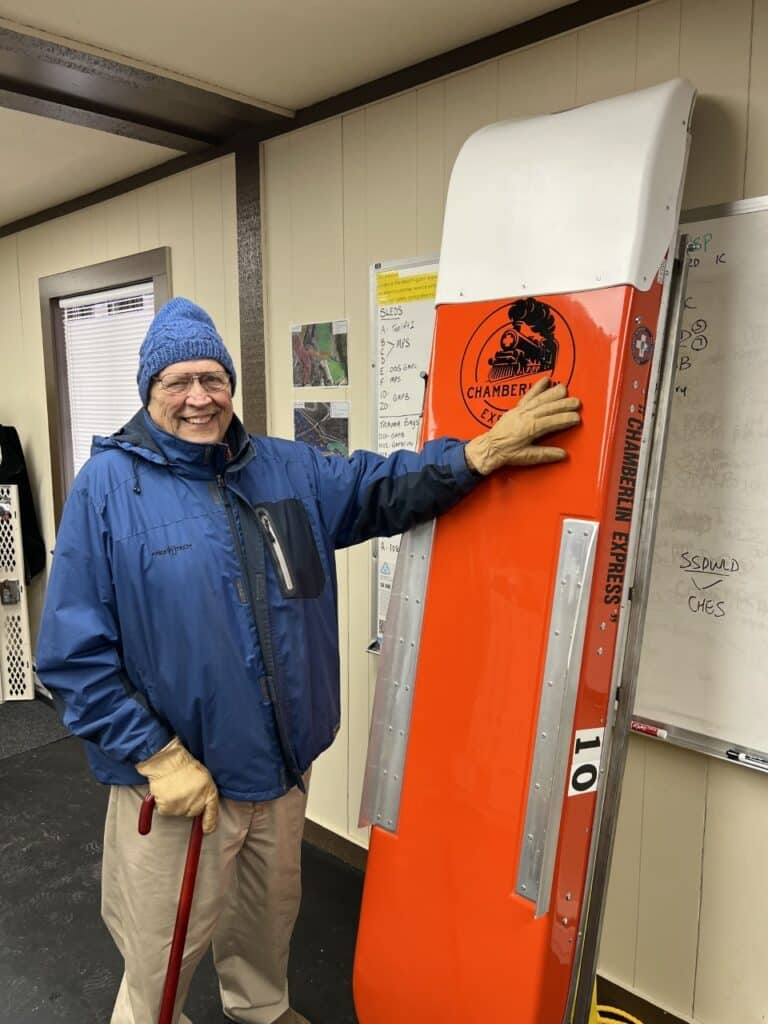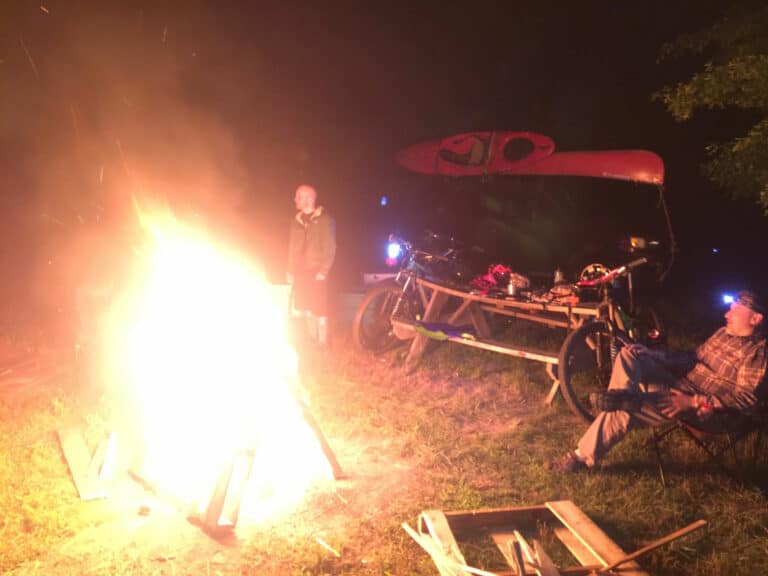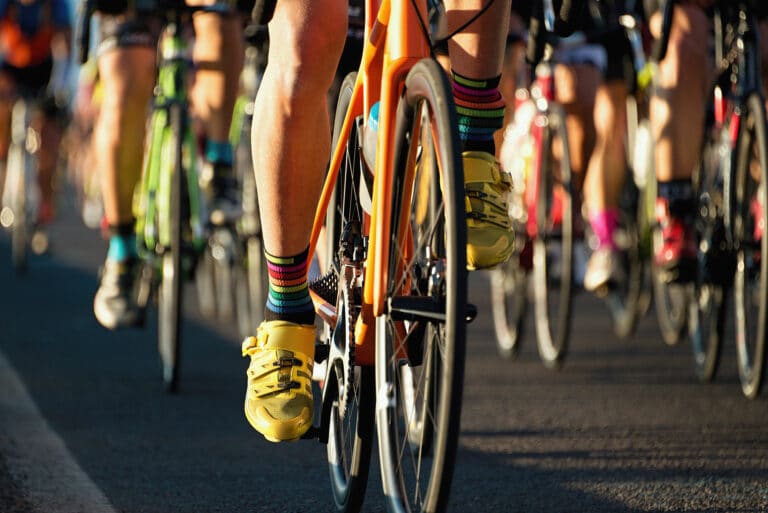While an intense, sharp pain in the knee joint may be alarming and cause to hang the bike up on the rack for a while, it may be that the pain is simply caused by overly tight muscles.
Yeah, yeah, you’re used to hopping on the bike and taking off on a big ride without stretching, but that’s going to catch up with you eventually. It might not be today, but eventually it will. Better take care of it before it surprises you during an important moment: a race, an epic ride, or even an all-night love session.
Hamstring muscles attach around the outside of the knee, causing a lot of pain on long and steep climbs. In fact, it might be a lot of climbing that causes the knee pain to appear several days later. If you’re not sure the origin or cause of the pain, bend over with straight legs to see if that increases it any. If so, you need to stretch the hammies.
It’s best to stretch when the muscles are warm, so the pre-ride effort you put forth in the parking lot isn’t going to do a whole lot. Instead, ride about 15 minutes and then pull over to get a good stretch. The top of a climb is also a good point to stretch since you’ve been pushing the effort to get it over with and need a snack anyway. It will make the downhill a whole lot smoother as well. Plus, while riding downhill the hamstrings are not in a fully stretched position as they are when climbing. That means it will shorten and cool down in that position, so once you need to start pedaling again it will really hurt.
There are three hamstrings: Semimembranosus, semitendinosus, and biceps femoris. Two of them go from the bottom of the pelvis down to the inside of the knee, just below the joint. They attach to the tibia, which is the large bone of the shin that articulates with the knee joint. Biceps femoris is the hamstring on the outside of the leg, attaching below the knee joint into the fibula, which is the small bone in the calf. Biceps femoris is much shorter than the other two, but can cause equal amounts of pain.
Although an injury can occur midway through the muscle, forming a knot or causing a tear, the most common place for strain is where it inserts into the bone on either end.







